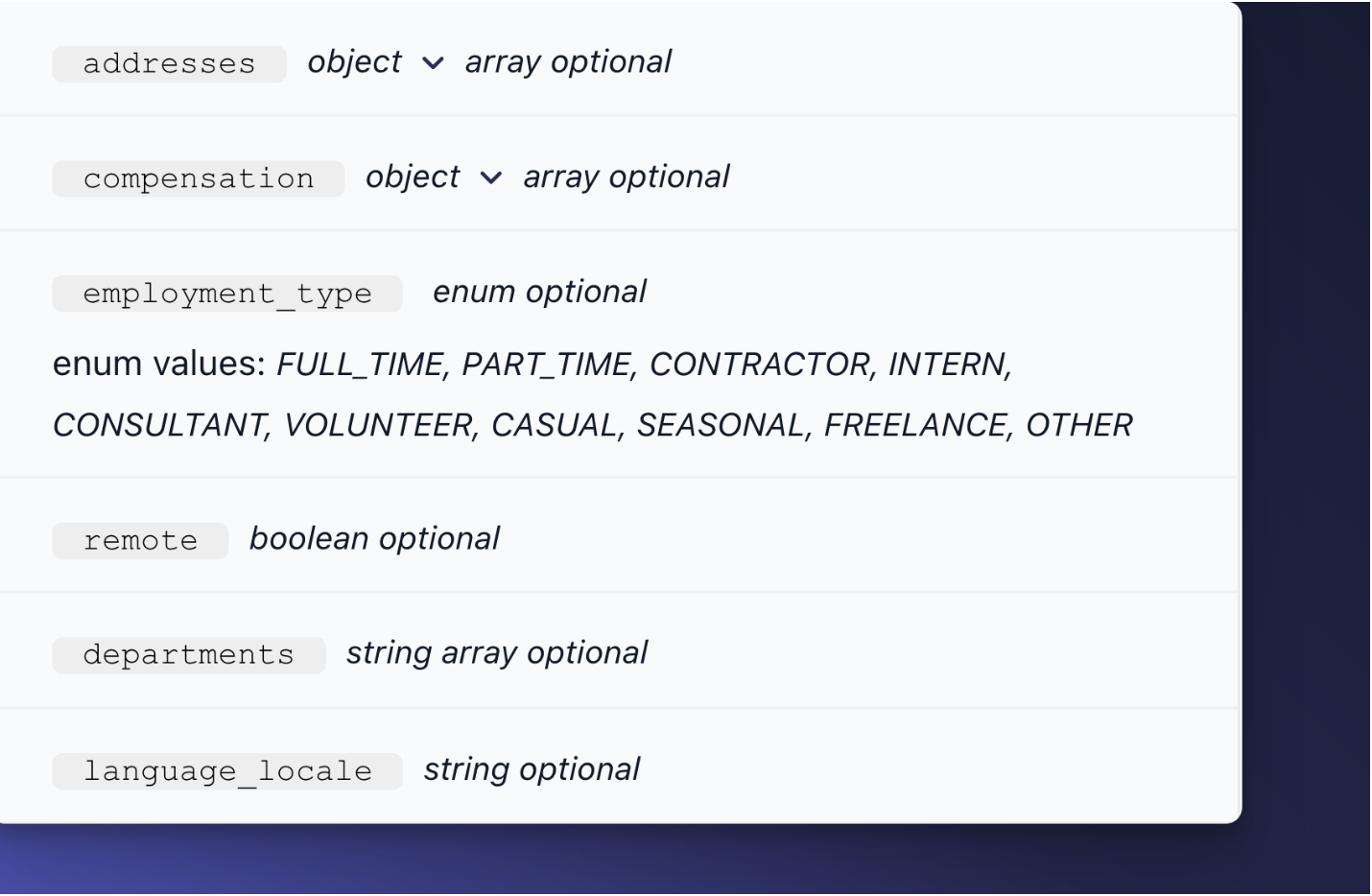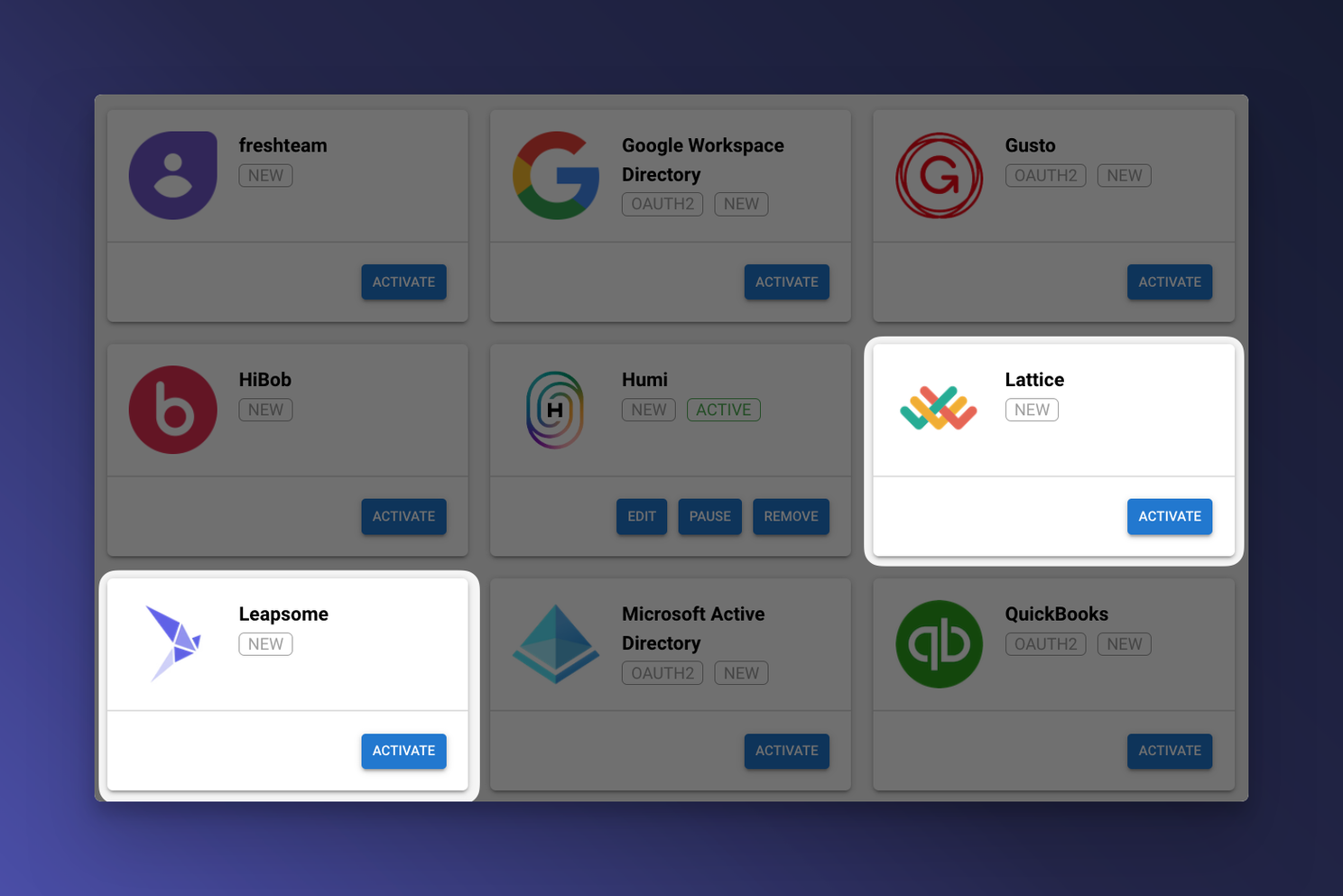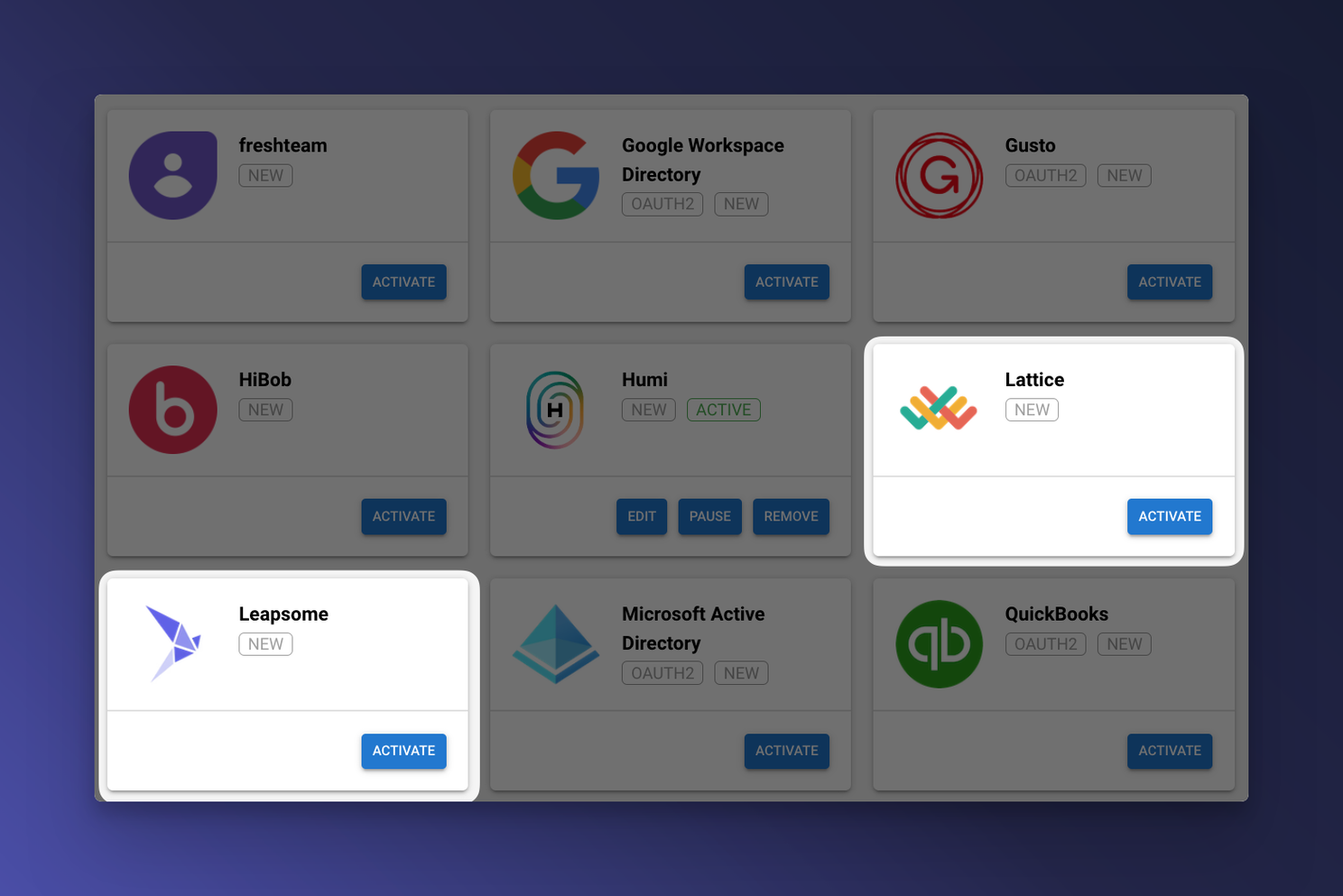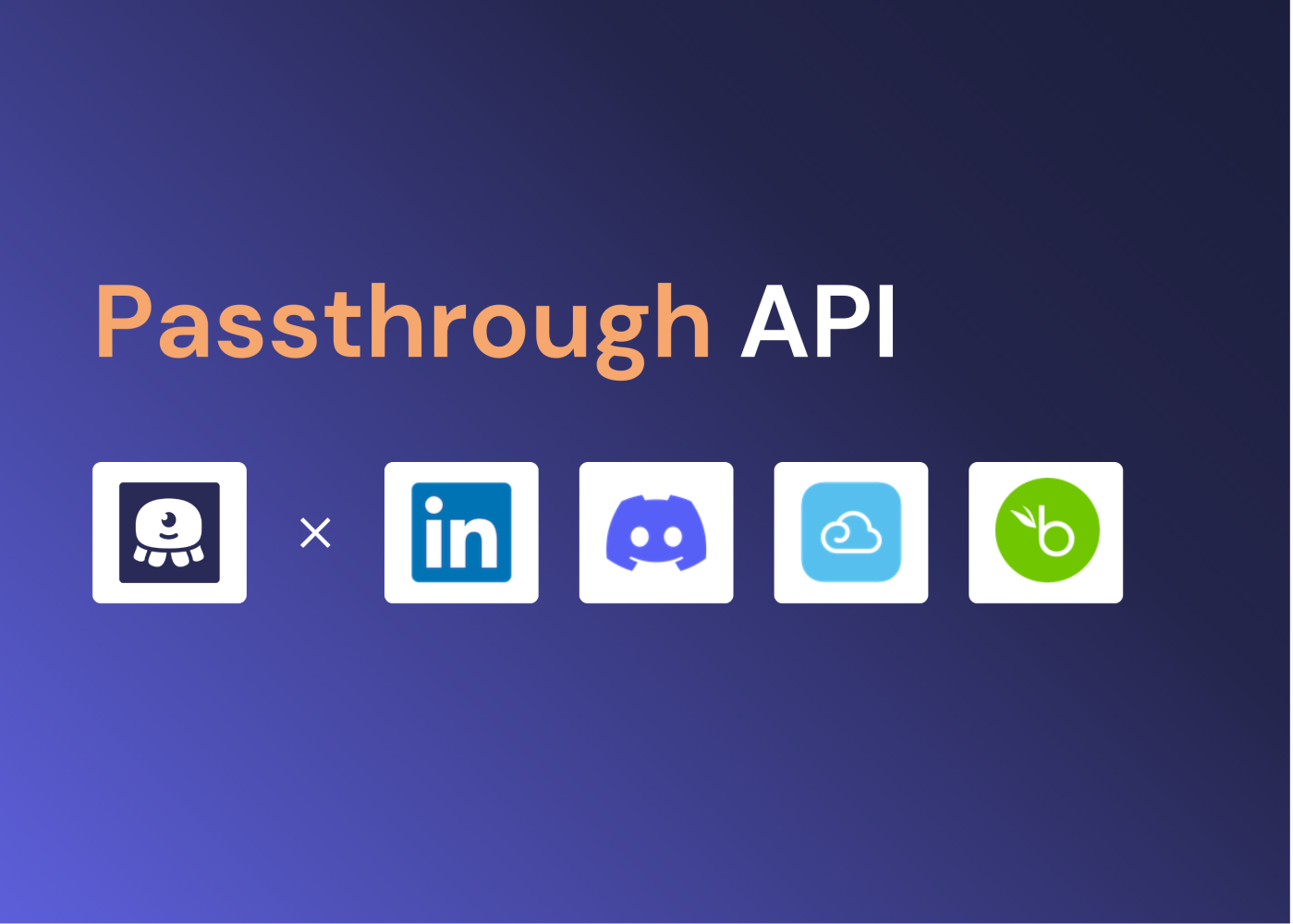Unified.to May 2023 Product Updates
May 31, 2023
This month's product release roundup brings you new pre-built HRIS and ATS integrations, enhanced job fields, and updates to our Passthrough API!

Enhanced Unified Mode for ATS Jobs
Developers building HR, job boards, and recruitment software can now benefit from the latest enhancement to our unified mode for ATS jobs with six new essential fields!
- Addresses: Effortlessly manage a comprehensive list of job locations, so you can build intuitive user interfaces and enhance candidate engagement.
- Compensation: Help candidates make informed decisions by incorporating salary and compensation details.
- Remote: Easily designate if a job is remote to attract a wider talent pool of candidates.
- Employment_type: Ensure accurate filtering and candidate matching by specifying whether a position is full-time or part-time.
- Departments: Categorize job listing based on functional area to ensure efficient job management and targeted searches.
- Language: Outline the required language proficiency for any position to source candidates with specific language skills.
Our Unified ATS API gives you the tools to create a more comprehensive and targeted hiring experience.

New ATS Integration: Plum
Plum is the latest integration to join our Unified ATS API. Plum is a talent assessment platform that provides organizations with objective data to reduce bias in talent decisions.
Our Unified ATS API enables you to list, get, update, create, and delete candidates, jobs, interviews, and documents using one unified API and data model. Enhance your product with the leading ATS apps without dealing with multiple APIs and complex maintenance.
In addition to Plum, our Unified ATS API has pre-built integrations with several ATS apps, including:
Build once to our Unified ATS API and launch all the ATS integrations you need.
Learn more about our Unified ATS API

New HRIS Integrations: Lattice, Leapsome
We've extended our HRIS integrations with the addition of two performance management solutions Lattice and Leapsome. Both platforms help organizations manage compensation, employee engagement, and goals.
Our Unified HRIS API enables you to list, get, update, create, and delete employees and groups with one unified API and data model. Enhance your product with the leading HRIS apps. In addition to Lattice and Leapsome, our Unified ATS API has pre-built integrations with several HRIS apps, including:
Build once to our Unified HRIS API and launch all the HRIS integrations you need. Learn more about our Unified HRIS API
Learn more about our Unified HRIS API

We're determined to give developers the simplest way to add customer-facing integrations to their products. For added flexibility, we offer a Passthrough endpoint, allowing you to leverage existing connections and authentication to access integration API endpoints we don't yet support.
Whether you need to fetch data, send notifications, or perform other actions within LinkedIn or Discord, the Passthrough API has you covered. Our Passthrough API also supports BambooHR and Breezy HR.
You can leverage your HTTP headers while benefiting from streamlined authentication handling. We take care of the authentication process, so you can focus on building robust integrations. The resulting headers are seamlessly pushed back to you, ensuring a smooth and uninterrupted data flow.
Learn more about Passthrough APIs
Unleash your full integrations potential
In today's modern technology landscape, software teams can't afford to spend months or years building a separate integration for every new system. We're determined to end this chaos with a secure, scalable, and unified solution so developers can build once and instantly launch multiple integrations.
What you get with our Unified API solution:
- The ability to easily build, launch, and maintain customer-facing integrations
- Both native and virtual webhooks for nearly all integrations, regardless of your plan
- One line of code to create an integrations directory that simplifies user authorization
Ready to accelerate your company's integrations strategy?
